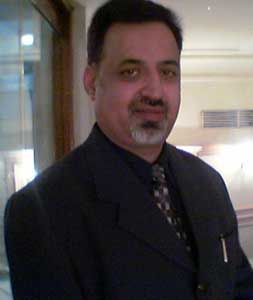|
|
|
|

JUPITER The ruler of the night skies,is by far the largest planet in our solar system. Jupiter is so large that over 1300 Earths would fit inside it! It also makes up its own miniature solar system with its family of at least sixteen Moons! Galileo would be astonished at what we have learned about Jupiter and its moons in the past 30 years. Io is the most volcanically active body in our solar system. Ganymede is the largest planetary moon and has its own magnetic field. A liquid ocean may lie beneath the frozen crust of Europa. An icy ocean may also lie beneath the crust of Callisto. In 2003 alone, astronomers discovered 23 new moons orbiting the giant planet. Jupiter now officially has 63 moons - by far the most in the solar system. Many of the outer moons are probably asteroids captured by the giant planet's gravity. |
|
With its numerous moons and several rings, the Jupiter system is a "mini-solar system." Jupiter is the most massive planet in our solar system, and in composition it resembles a small star. In fact, if Jupiter had been between fifty and one hundred times more massive, it would have become a star rather than a planet Jupiter is the fifth planet from the Sun, located in between Mars and Saturn. Jupiter is the first gas planet in our solar system, as well as being the first of what are called the Outer Planets. Jupiter is much further away from the Sun than Earth. It's average distance from the Sun is almost 470 million miles. Its orbit, or path it follows, around the sun is nearly a perfect circle. The closest it comes to the sun is about 460 million miles, and the furthest away it gets is a little over 500 million miles. Since Jupiter is so much further away from the Sun than Earth, its year, which is the time it takes to go around the sun once, is very long. A year on Jupiter is almost twelve Earth years! A day on Jupiter, which is the amount of time it takes to spin around once, is much shorter than a day here on Earth. The giant planet's day is only about ten hours long, less than half as long as a Earth day. Can I See It?
How Big Is
It?
How Many Moons
Does It Have?
How Did It
Get Its Name?
What Is It
Made Of?
What's It Like
on the Surface?
|
|
|
|
|
|
|
|
|
|
|
|

Welcome to Rajesh Chopra's Guest Book and comments Please |

|
All rights reserved. No part of this publication and other sites of under liveindia.com may be transmitted or reproduced in any form or by any means without prior permission from the publisher Live India Internet Services or Rajesh Chopra, L.C.Premium Cables, 1826, Amar Nath 2nd Building, Bhagirath Palace Delhi - 110006, India. Liveindia.com or Mr.Rajesh Chopra is not responsible for any wrong information under this site, For confirmation of any information it is recommended that you can reconfirm from yours end |
 |